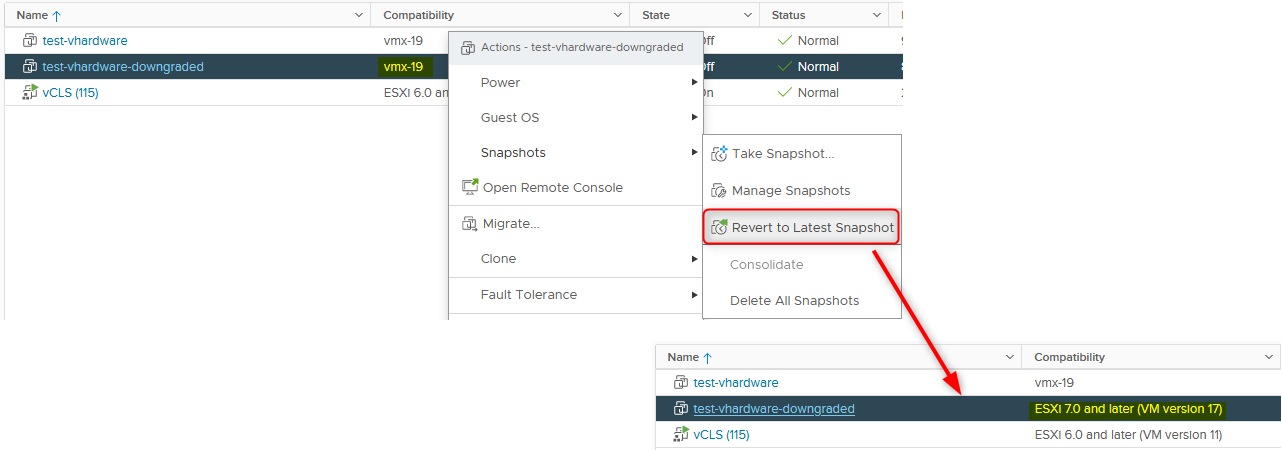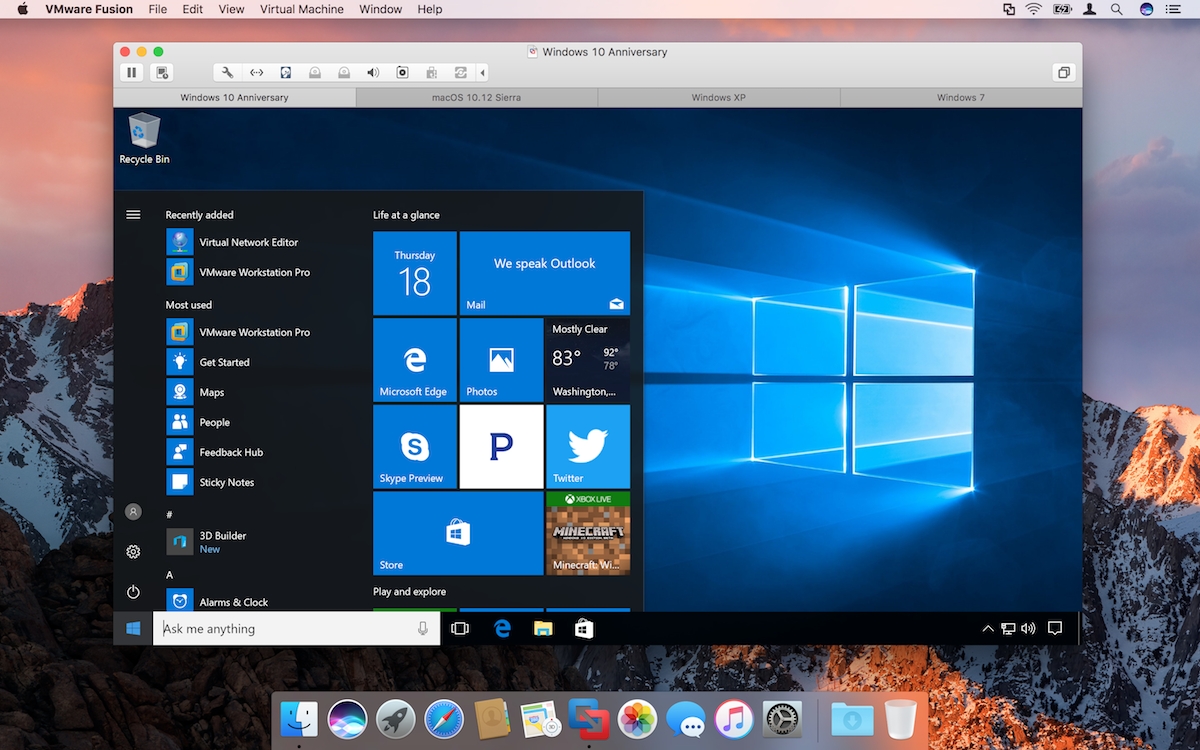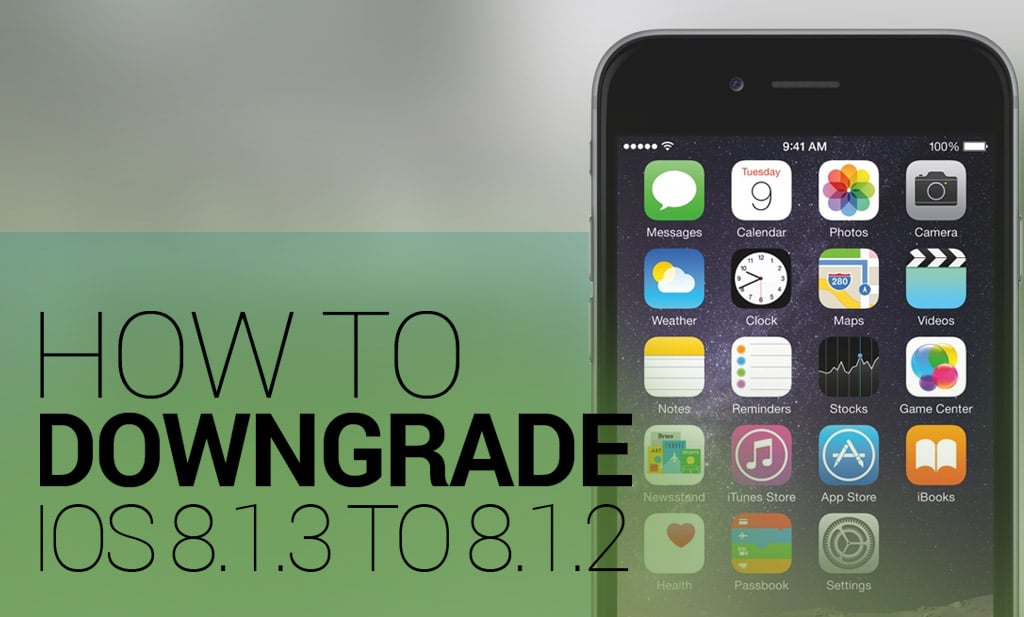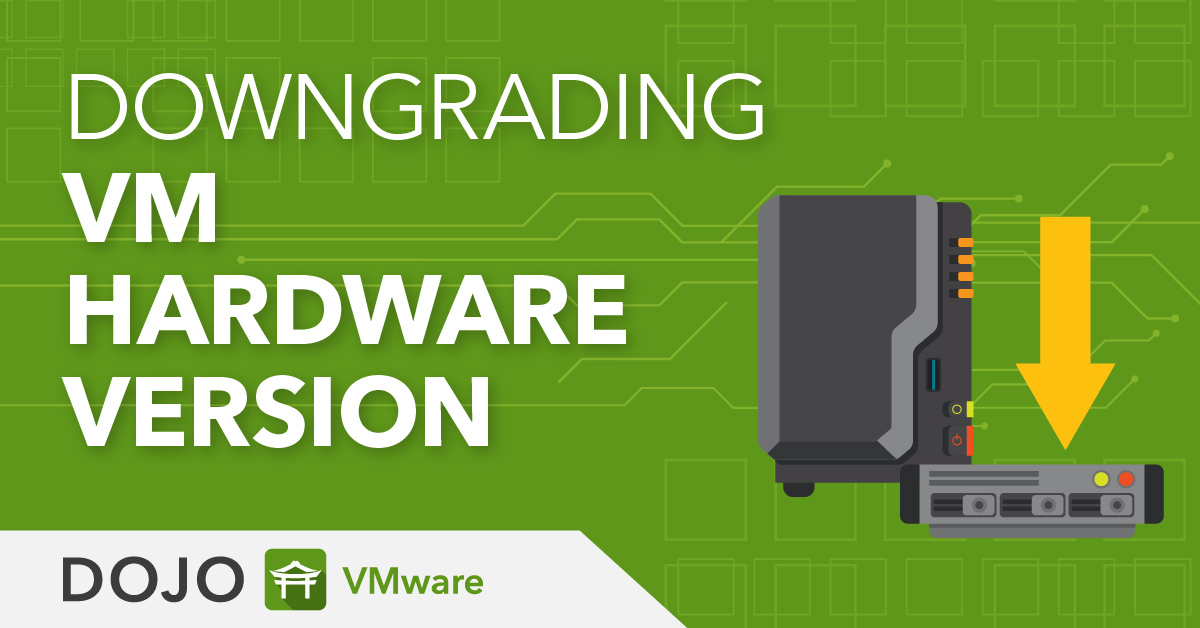

- #How to downgrade vmware fusion 8 how to
- #How to downgrade vmware fusion 8 driver
- #How to downgrade vmware fusion 8 full
Right click on the VM as shown in Figure 5. Ensure that it is completely shutdown and not in a suspended state. If the list of virtual machines is not visible, go to Window -> Virtual Machine Library.įigure 4 - The virtual machine library can be accessed from the Window menu vmx file is from the list of virtual machines in the main VMWare Fusion window.

vmx file, you will not be able to boot your VM.įigure 3 - TextEdit Preferences menu showing location of Smart quotes setting If this option is checked and you save the. Make sure Smart quotes is unchecked (See Figure 3 below). vmx file itself, launch TextEdit and open the Preferences menu. You can easily make changes that render the VM unusable or unable to boot!īefore changing the. There are hundreds of additional configuration options which can only be modified by editing the. VMWare only exposes a small number of settings through the UI. Also, select “Pre-allocate disk space” as shown in Figure 2:įigure 2 - Hard Disk Settings Settings in the. On the Hard Disk Settings page, expand the “Advanced options” menu and change the Bus type to SCSI.
#How to downgrade vmware fusion 8 driver
I also saw a performance boost by changing the driver for the hard drive bus type to SCSI. Also, select “Enable hypervisor applications in this virtual machine” as shown in Figure 1. I found that a combination of 2 processor cores with 4096 MB of memory works best for my needs (Note: My MacBook Pro has a 2.8GHz Intel quad core i7 with 8 GB RAM and Intel Iris GPU with 1536 MB). I’ve documented these steps below to help others who find themselves in a similar situation. Thankfully, after changing a few settings and clearing unnecessary files I was able to improve the speed and responsiveness of both my Mac and the Windows 10 instance.

However, the performance of the VM degraded significantly over time, especially with multiple Visual Studio projects open in the VM and resource-hungry programs running on the Mac simultaneously. For the first month or so everything ran smoothly. Since I’m a Mac user, I run VS on a Windows 10 instance with VMWare Fusion. Thing is I don’t want to mess around with these options before getting a confirmation from someone more knowledgeable as I don’t want to mess up my vmware installation.The majority of my work consists of C#/.NET development, and Visual Studio+ReSharper is my preferred IDE. The other potential option I found was to download SVGA II OS X Driver and SwitchResX. Sudo defaults write /Library/Preferences/ DisplayResolutionEnabled -bool true
#How to downgrade vmware fusion 8 how to
How to fix this? One option I read was to run this in the terminal:
#How to downgrade vmware fusion 8 full
I tried playing around with the virtual machine resolution settings below the “Use full resolution for Retina display” option but it didn’t help.

When I switch over to “Use full resolution for Retina display” - the scaled resolution is 2880 x 1484. I tried holding down the option key and click on “detect displays” but that doesn’t help. When I try to manually change the resolution under “Scaled” in the display settings the only option is 1440 x 768. When I’ve unchecked the “Use full resolution for Retina display” under VMWare display settings - the icons on the desktop are way too big and the picture is blurry. Thing is - I can’t seem to change my resolution. My host is El Capitan which is running on a MacBook Pro. Installed MacOS 10.12 (Sierra) on a VMWare.


 0 kommentar(er)
0 kommentar(er)
